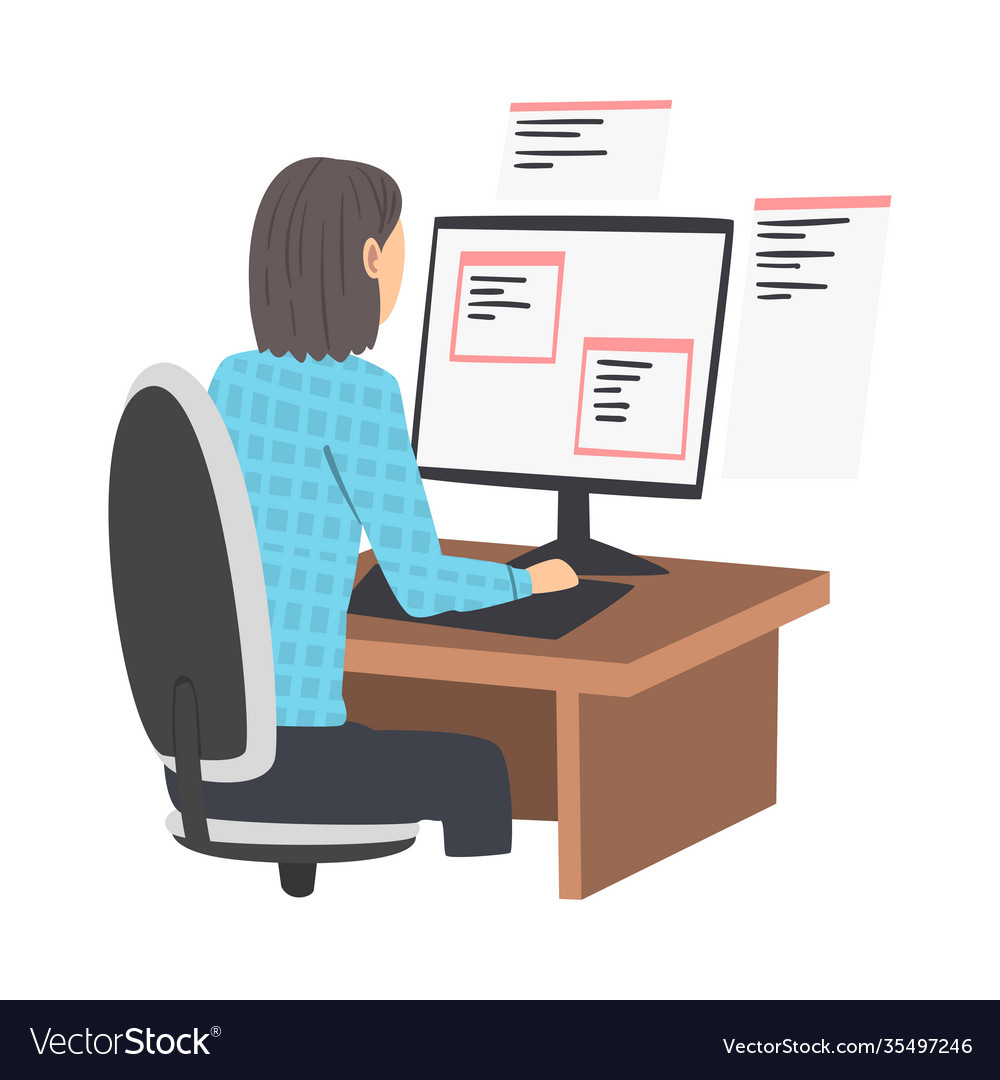Offshore Software Development: Economical Solutions for Growing Companies
Offshore Software Development: Economical Solutions for Growing Companies
Blog Article
Committed Developers vs. In-House Teams: Which Is Right for You?
The choice in between using dedicated designers and keeping an internal team is a substantial one that can affect the trajectory of your jobs and general service approach. Conversely, internal groups contribute to a natural business culture and a nuanced understanding of long-term goals.
Recognizing Committed Designers
The expanding demand for specialized skills in the technology sector has brought about the development of devoted developers as a feasible option for many organizations. These specialists are normally contracted on a job basis, allowing business to take advantage of specific competence without the lasting dedication associated with permanent hires. Dedicated developers are typically ingrained within a customer's team, giving versatility and scalability to meet job demands.
This version enables organizations to access an international talent pool, which is especially helpful in a quickly evolving technological landscape. Committed developers can be sourced from numerous geographical locations, making sure that companies can discover the ideal ability at competitive prices. They often bring a riches of experience and knowledge, having actually worked with varied jobs throughout various markets.
Moreover, dedicated programmers can focus solely on the tasks at hand, boosting productivity and effectiveness. They are equipped to integrate effortlessly right into existing workflows, teaming up closely with internal teams to attain task goals. This technique not only decreases the burden of recruitment and training however also allows organizations to continue to be dexterous, adjusting swiftly to changing market needs and technical improvements.
Benefits of In-House Teams

Furthermore, in-house groups often tend to have a much deeper understanding of the firm's mission, worths, and goals. This alignment can enhance staff member interaction and motivation, as employee feel a lot more connected to their work and the organization's success. Additionally, having a committed in-house group permits far better positioning of goals and approaches, as these members are continually concentrated on the company's concerns.
In-house teams likewise assist in quicker decision-making procedures, as they can react more rapidly to adjustments and obstacles. The established relationships and experience with firm methods enable structured workflows and decreased miscommunication. Inevitably, the combination of a cohesive society, alignment with business objectives, and reliable communication makes internal groups a valuable property for lots of organizations, specifically those wanting to cultivate long-term growth and advancement.
Expense Factors To Consider
When examining price considerations, both devoted developers and in-house teams present distinctive financial implications for organizations. Involving specialized programmers usually includes a pay-per-project or per hour price model, which can be cost-effective for services with changing project demands. This technique enables flexibility in scaling resources up or down, ensuring that firms only pay for the services they need.
In comparison, in-house groups involve taken care of expenses, consisting of wages, benefits, and overhead expenses offshore software development such as workplace and tools. While this design provides better control and immediate schedule of resources, it may bring about greater long-term expenditures, particularly if the workload does not validate a full-time personnel.
Additionally, business ought to think about the hidden expenses related to employment and training of internal employees, which can additionally stress budget plans. In some cases, the time and resources spent on managing an in-house team can interfere with the company's core company purposes.

Project Administration and Versatility
Job monitoring and flexibility are essential aspects that influence the selection in between dedicated designers and in-house teams. Dedicated programmers usually provide a high level of flexibility, allowing organizations to range sources up or down based on project demands. This agility can be particularly helpful for businesses experiencing rising and fall work or those seeking to introduce swiftly. Committed teams frequently have actually developed processes for handling jobs successfully, leveraging certain approaches like Agile or Scrum, which facilitate repetitive development and adaptability.

Eventually, the choice in between internal groups and specialized developers rests on the desired degree of versatility and the particular job administration demands. Business should assess their operational dynamics, job complexity, and source availability to establish which alternative aligns best with their critical purposes.
Making the Right Option
Picking the ideal development technique-- dedicated designers or internal teams-- requires a mindful evaluation of numerous factors that align with a business's critical objectives. Conversely, in-house teams can provide far better connection and combination with existing personnel.
Following, evaluate your spending plan. Committed developers typically present a cost-effective option for temporary tasks, while in-house teams might sustain greater long-lasting expenses because of incomes, benefits, and overhead costs. Assess the degree of control and partnership wanted; internal groups generally foster more powerful interaction and alignment with firm culture.
Additionally, consider the moment frame. If immediate results are essential, dedicated designers can be onboarded quickly, whereas building an in-house team takes some time for recruitment and training. Ultimately, consider the long-lasting vision of your company. Spending in an internal team may generate much better returns over time if continual development is essential. Inevitably, the decision rests on a complete evaluation of these variables, ensuring placement with your company's overall objectives and operational requirements.
Conclusion
In final thought, the choice in between devoted programmers and internal teams hinges on project demands and business goals. Dedicated designers supply versatility and specific proficiency, making them suitable for short-term campaigns. On the other hand, internal groups cultivate a natural society and deeper positioning with long-lasting goals. Mindful assessment of spending plan restrictions, project timelines, and desired control degrees is crucial for establishing the most suitable strategy, ensuring positioning with calculated priorities and operational efficiency.
The decision between making use of specialized programmers and keeping an in-house group is a considerable one that can affect the trajectory of your tasks and general company strategy.Job administration and versatility are vital elements that influence the option in between internal groups and specialized designers. offshore software development.In contrast, in-house teams might excel in preserving a constant job administration structure due to their familiarity with the company's society and lasting objectives. Dedicated developers usually offer an economical solution for temporary projects, while internal groups might incur higher long-term expenditures due to wages, benefits, and expenses expenses.In final thought, the decision in between specialized programmers and in-house teams pivots on job demands and organizational goals
Report this page